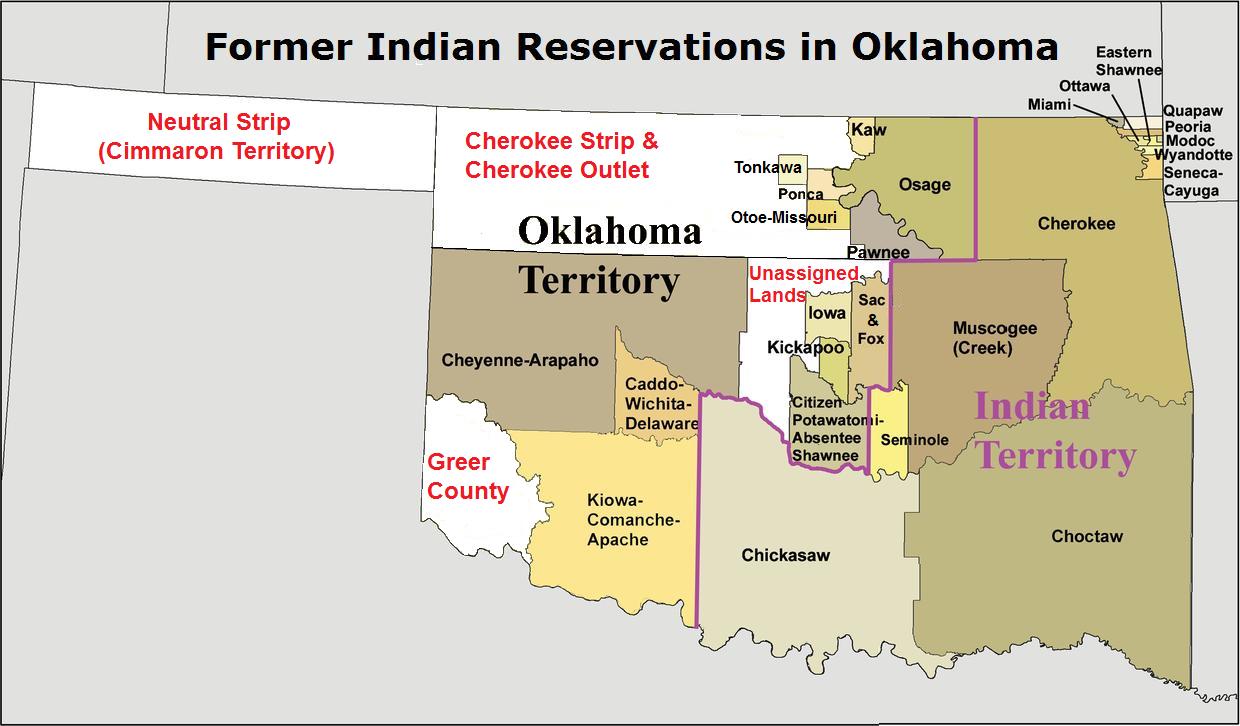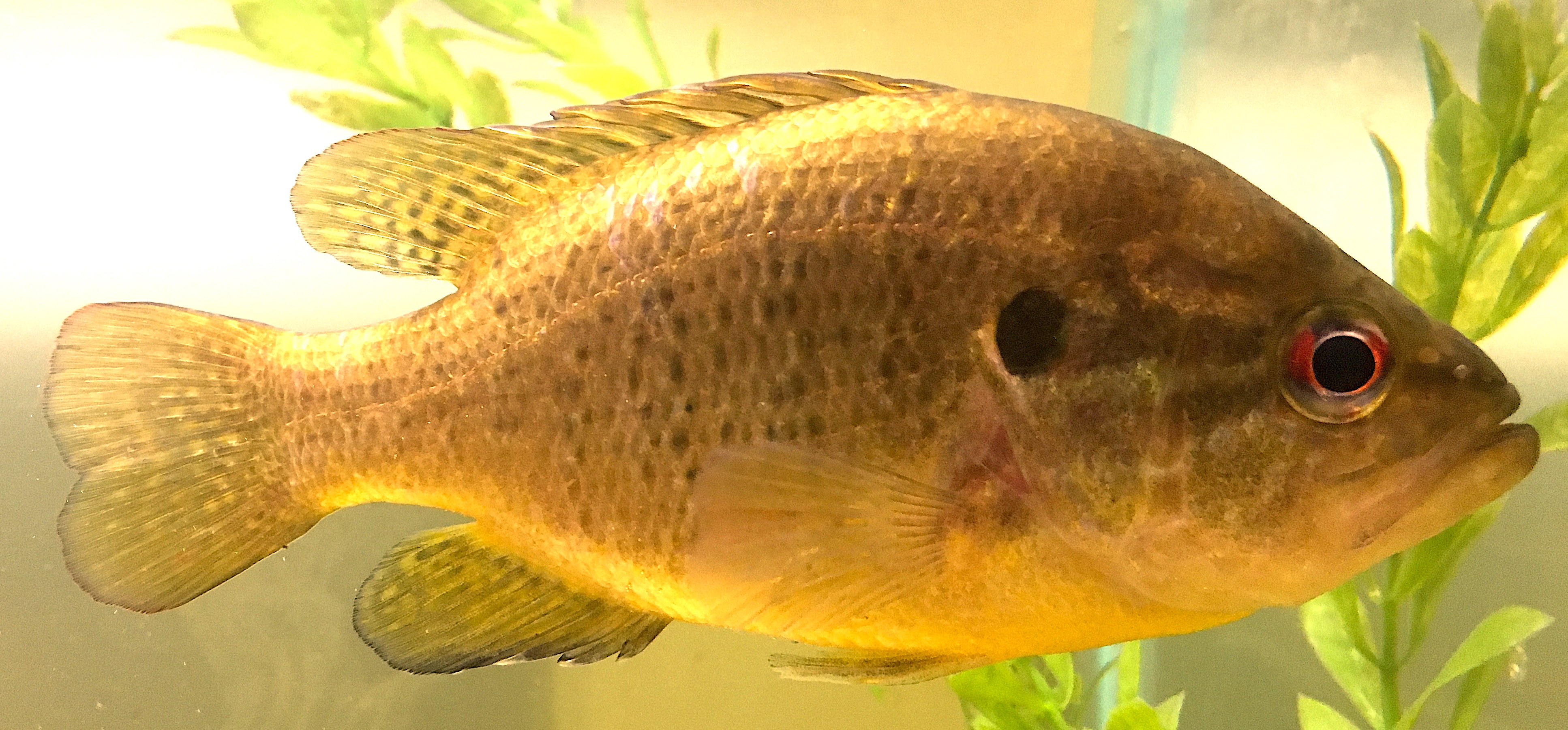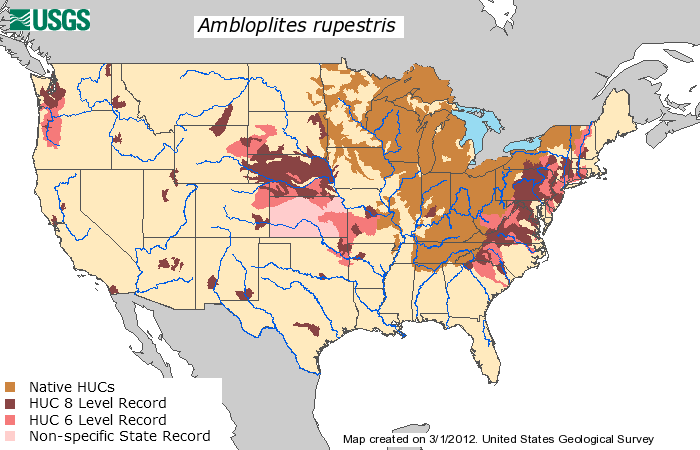|
Alasmidonta Marginata
The elktoe (''Alasmidonta marginata'') is a species of freshwater mussel, an Aquatic animal, aquatic bivalve mollusk in the family Unionidae, the river mussels. This species is found in southeastern Canada and the eastern United States. Like many mussels, it is threatened by water pollution from agriculture, industry, and other development, such as acid mine drainage and sedimentation. It may be extinct in Oklahoma. Description The elktoe is a moderately sized mussel of about 4 inches. The shell is thin and triangular-shaped with an inflated center. The anterior end is elongated and round and the border of the shell is marked with fine ridges. The hinge of the two shells, or umbo, is large and located near the center of the shell. The shell is a dull yellowish-green with multiple rays and dark green spots. The interior of the shell is a glossy bluish-white and may have some salmon near the edges and beak. The beak consists of double-looped ridges lined with thin teeth. The elkto ... [...More Info...] [...Related Items...] OR: [Wikipedia] [Google] [Baidu] |
Thomas Say
Thomas Say (June 27, 1787 – October 10, 1834) was an American entomologist, conchologist, and Herpetology, herpetologist. His studies of insects and shells, numerous contributions to scientific journals, and scientific expeditions to Florida, Georgia, the Rocky Mountains, Mexico, and elsewhere made him an internationally known naturalist. Say has been called the father of American descriptive entomology and American conchology. He served as librarian for the Academy of Natural Sciences of Philadelphia, curator at the American Philosophical Society (elected in 1817), and professor of natural history at the University of Pennsylvania. Early life and education Born in Philadelphia into a prominent Religious Society of Friends, Quaker family, Thomas Say was the great-grandson of John Bartram, and the great-nephew of William Bartram. His father, Dr. Benjamin Say, was brother-in-law to another Bartram son, Moses Bartram. The Say family had a house, "The Cliffs" at Gray's Ferry Bridge, ... [...More Info...] [...Related Items...] OR: [Wikipedia] [Google] [Baidu] |
Oklahoma
Oklahoma ( ; Choctaw language, Choctaw: , ) is a landlocked U.S. state, state in the South Central United States, South Central region of the United States. It borders Texas to the south and west, Kansas to the north, Missouri to the northeast, Arkansas to the east, New Mexico to the west, and Colorado to the northwest. Partially in the western extreme of the Upland South, it is the List of U.S. states and territories by area, 20th-most extensive and the List of U.S. states and territories by population, 28th-most populous of the 50 United States. Its residents are known as Oklahomans and its capital and largest city is Oklahoma City. The state's name is derived from the Choctaw language, Choctaw words , 'people' and , which translates as 'red'. Oklahoma is also known informally by its List of U.S. state and territory nicknames, nickname, "The Sooner State", in reference to the Sooners, American pioneer, American settlers who staked their claims in formerly American Indian-o ... [...More Info...] [...Related Items...] OR: [Wikipedia] [Google] [Baidu] |
Molluscs Of North America
Mollusca is a phylum of protostomic invertebrate animals, whose members are known as molluscs or mollusks (). Around 76,000 extant species of molluscs are recognized, making it the second-largest animal phylum after Arthropoda. The number of additional fossil species is estimated between 60,000 and 100,000, and the proportion of undescribed species is very high. Many taxa remain poorly studied. Molluscs are the largest marine phylum, comprising about 23% of all the named marine organisms. They are highly diverse, not just in size and anatomical structure, but also in behaviour and habitat, as numerous groups are freshwater and even terrestrial species. The phylum is typically divided into 7 or 8 taxonomic classes, of which two are entirely extinct. Cephalopod molluscs, such as squid, cuttlefish, and octopuses, are among the most neurologically advanced of all invertebrates—and either the giant squid or the colossal squid is the largest known extant in ... [...More Info...] [...Related Items...] OR: [Wikipedia] [Google] [Baidu] |
Alasmidonta
''Alasmidonta'' is a genus of freshwater mussels, aquatic bivalve mollusks in the family Unionidae, the river mussels. Species within the genus ''Alasmodonta'' * Altamaha arcmussel, ''Alasmidonta arcula'' (I. Lea, 1838) * Cumberland elktoe, '' Alasmidonta atropurpurea'' ( Rafinesque, 1831) * Dwarf wedgemussel, '' Alasmidonta heterodon'' (I. Lea, 1830) * Elktoe, ''Alasmidonta marginata'' Say, 1818 * Coosa elktoe, '' Alasmidonta mccordi'' Athearn, 1964 * Appalachian elktoe, '' Alasmidonta raveneliana'' (I. Lea, 1834) * Carolina elktoe, '' Alasmidonta robusta'' Clarke, 1981 * Southern elktoe, '' Alasmidonta triangulata'' (I. Lea, 1858) * Triangle floater, '' Alasmidonta undulata'' ( Say, 1817) * Brook floater, '' Alasmidonta varicosa'' ( Lamarck, 1819) * Slippershell mussel, '' Alasmidonta viridis'' ( Rafinesque, 1820) * Ochlockonee arcmussel, '' Alasmidonta wrightiana'' (Walker, 1901) Gallery Image:Alasmidonta marginata.jpg, Elktoe,''Alasmidonta marginata T ... [...More Info...] [...Related Items...] OR: [Wikipedia] [Google] [Baidu] |
Warmouth
The warmouth (''Lepomis gulosus'') is a freshwater fish of the sunfish family (biology), family (Centrarchidae) that is found throughout the eastern United States. Other local names include molly, redeye, goggle-eye, red-eyed bream, and strawberry perch. Description Adult warmouth appear dusky, with a mottled brown, somewhat purplish coloration. The ventral surfaces are yellow, and the breeding male has a bright-orange spot at the base of the dorsal fin. Three to five reddish-brown streaks extend from the eyes, whose irises are reddish, a feature most pronounced in breeding males, with a red dot present on the otherwise black opercular flaps, outlined in yellow. It most commonly has three spines in the anal fin and 6 to 13 spines in the dorsal fin, with small teeth present on the tongue and palatine bones. These fish are typically long, but can grow to over in length, and reach . The warmouth is occasionally confused with the rock bass (''Ambloplites rupestris'') or green su ... [...More Info...] [...Related Items...] OR: [Wikipedia] [Google] [Baidu] |
Rock Bass
The rock bass (''Ambloplites rupestris''), also known as the rock perch, goggle-eye, red eye, and black perch, is a freshwater fish native to east-central North America. This red-eyed fish is a species of freshwater fish in the sunfish family (biology), family (Centrarchidae) of order (biology), order Centrarchiformes and can be distinguished from other similar species by the six spines in the anal fin (other sunfish have only three anal fin spines). Distribution Rock bass are native to the St Lawrence River and Great Lakes system, the upper and middle Mississippi River basin in North America from Québec to Saskatchewan in the north down to Missouri and Arkansas, south to the Savannah River, and throughout the eastern U.S. from New York (state), New York through Kentucky and Tennessee to the northern portions of Alabama and Georgia (U.S. state), Georgia and Florida in the south. The rock bass has also been found in the Nueces River system in Texas. A population introduced to th ... [...More Info...] [...Related Items...] OR: [Wikipedia] [Google] [Baidu] |
White Sucker
The white sucker (''Catostomus commersonii'') is a species of freshwater cypriniform fish inhabiting the upper Midwest and Northeast in North America, but it is also found as far south as Georgia and as far west as New Mexico. The fish is commonly known as a "sucker" due to its fleshy, papillose lips that suck up organic matter and '' aufwuchs'' from the bottom of rivers and streams. Other common names for the white sucker include bay fish, brook sucker, common sucker, and mullet. The white sucker is often confused with the longnose sucker (''C. catostomus''), because they look very similar. Etymology The specific name, ''commersonii'', is in honor of French naturalist Philibert Commerson. Description The white sucker is a long, round-bodied fish with a dark green, grey, copper, brown, or black back and sides and a light underbelly. The fish also has typical features of primitive Cypriniformes fishes, such as a homocercal tail, cycloid scales, and dorsal, pectoral, and pelv ... [...More Info...] [...Related Items...] OR: [Wikipedia] [Google] [Baidu] |
Zebra Mussel
The zebra mussel (''Dreissena polymorpha'') is a small freshwater mussel, an Aquatic animal, aquatic bivalve mollusk in the family Dreissenidae. The species originates from the lakes of southern Russia and Ukraine, but has been accidentally Introduced species, introduced to numerous other areas and has become an invasive species in many countries worldwide. Since the 1980s, the species has invaded the Great Lakes, Hudson River, Lake Travis, Finger Lakes, Lake Bonaparte (New York), Lake Bonaparte, and Lake Simcoe. The adverse effects of dreissenid mussels on freshwater systems have led to their ranking as one of the world's most invasive aquatic species. The species was first described in 1769 by German zoologist Peter Simon Pallas in the Ural River, Ural, Volga River, Volga, and Dnieper River, Dnieper Rivers. Zebra mussels get their name from a striped pattern commonly seen on their shells, though it is not universally present. They are usually about the size of a fingernail, but ... [...More Info...] [...Related Items...] OR: [Wikipedia] [Google] [Baidu] |
Truncilla Truncata
''Truncilla truncata'', the deertoe, is a species of freshwater mussel, an aquatic bivalve mollusk in the family Unionidae. Deertoe are found in the Mississippi River drainage system and in tributaries of Lake Erie Lake Erie ( ) is the fourth-largest lake by surface area of the five Great Lakes in North America and the eleventh-largest globally. It is the southernmost, shallowest, and smallest by volume of the Great Lakes and also has the shortest avera ... and Lake St. Clair. ''T. truncata'' is a state endangered species in Virginia. It is designated by the state of Kansas as a "species in need of conservation". Deertoe have generalist habitat preferences and are found in both lakes and rivers. Deertoe are believed to be bradytictic, with a gestation period of approximately 10 months. Hosts for their glochidia include freshwater drum (''Aplodinotus grunniens'') and sauger (''Sander canadensis''). References Unionidae Bivalves described in 1820 {{Unioni ... [...More Info...] [...Related Items...] OR: [Wikipedia] [Google] [Baidu] |
Epioblasma Triquetra
''Epioblasma triquetra'', common name the snuffbox mussel, is a species of freshwater mussel, a mollusk in the family Unionidae. It is native to eastern North America, where it is a listed as an endangered species in both Canada and the United States. Distribution and ecology This species lives in the Great Lakes system and Mississippi River system. Its natural habitat is riffles and shoals of rocky rivers, and the shores of lakes with wave activity. This species is declining throughout its range due to habitat destruction, siltation Siltation is water pollution caused by particulate terrestrial clastic material, with a particle size dominated by silt or clay. It refers both to the increased concentration of suspended sediments and to the increased accumulation (temporary o ..., pollution, and competition with invasive species. Despite this, it remains the most widespread and abundant member of the genus '' Epioblasma'', of which the other members are now either extinct or se ... [...More Info...] [...Related Items...] OR: [Wikipedia] [Google] [Baidu] |
Extinct
Extinction is the termination of an organism by the death of its Endling, last member. A taxon may become Functional extinction, functionally extinct before the death of its last member if it loses the capacity to Reproduction, reproduce and recover. As a species' potential Range (biology), range may be very large, determining this moment is difficult, and is usually done retrospectively. This difficulty leads to phenomena such as Lazarus taxon, Lazarus taxa, where a species presumed extinct abruptly "reappears" (typically in the Fossil, fossil record) after a period of apparent absence. Over five billion species are estimated to have died out. It is estimated that there are currently around 8.7 million species of eukaryotes globally, possibly many times more if microorganisms are included. Notable extinct animal species include Dinosaur, non-avian dinosaurs, Machairodontinae, saber-toothed cats, and mammoths. Through evolution, species arise through the process of specia ... [...More Info...] [...Related Items...] OR: [Wikipedia] [Google] [Baidu] |
Species
A species () is often defined as the largest group of organisms in which any two individuals of the appropriate sexes or mating types can produce fertile offspring, typically by sexual reproduction. It is the basic unit of Taxonomy (biology), classification and a taxonomic rank of an organism, as well as a unit of biodiversity. Other ways of defining species include their karyotype, DNA sequence, morphology (biology), morphology, behaviour, or ecological niche. In addition, palaeontologists use the concept of the chronospecies since fossil reproduction cannot be examined. The most recent rigorous estimate for the total number of species of eukaryotes is between 8 and 8.7 million. About 14% of these had been described by 2011. All species (except viruses) are given a binomial nomenclature, two-part name, a "binomen". The first part of a binomen is the name of a genus to which the species belongs. The second part is called the specific name (zoology), specific name or the specific ... [...More Info...] [...Related Items...] OR: [Wikipedia] [Google] [Baidu] |






